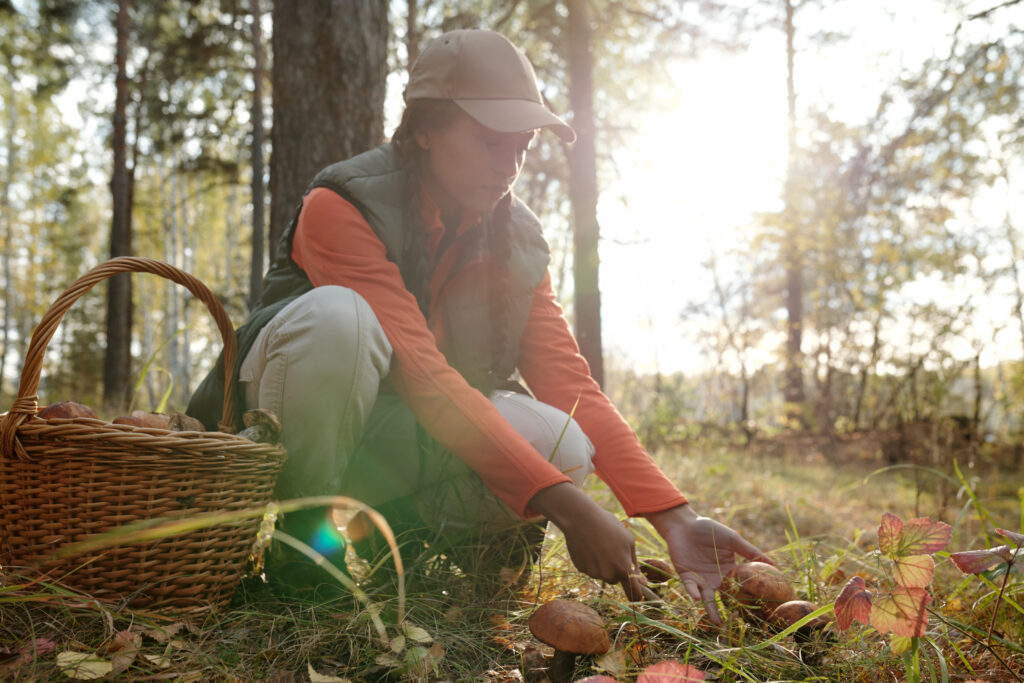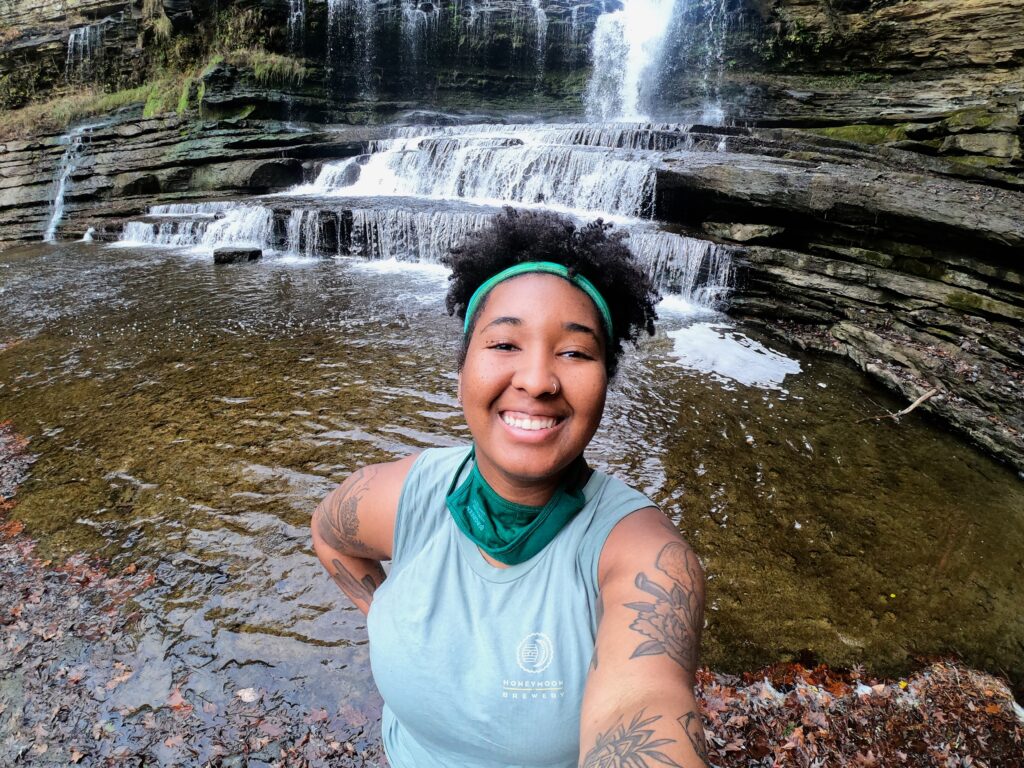5 Tips for Foraging for Beginners

Foraging, gathering wild plants and mushrooms for food, has seen a big revival in recent years. And for good reason! It’s a beautiful way to connect with nature, discover local ecosystems, and even bring a little wild flavor into your meals. If you’re new to the world of foraging, don’t worry…we’ve got five beginner-friendly tips to help you get started safely, sustainably, and with a sense of wonder.
1. Start with the Easy-to-Identify Plants
When you’re just starting out, stick to plants and herbs that are widely recognized and easy to identify. Great starter options include:
- Dandelions – edible from flower to root
- Wild garlic or ramps – pungent and flavorful in spring
- Blackberries or mulberries – sweet, juicy, and unmistakable
- Plantain (not the banana!) – found in lawns and fields
Use a beginner foraging guidebook with clear photos or a reputable plant ID app to confirm what you’re picking.
2. Learn the Lookalikes
Some edible plants have toxic twins. For example, wild carrots look similar to poison hemlock; one can go in your soup, the other… definitely not.
Take your time learning the subtle (and sometimes not-so-subtle) differences between lookalikes. When in doubt, leave it out. You can always double-check with a more experienced forager or local expert before you harvest.
3. Respect the Land
Foraging is more than just picking plants; it’s a relationship with the earth. Always forage responsibly:
- Only take what you need
- Never pick rare or protected species
- Leave plenty for wildlife and for the plant to regenerate
- Stick to public lands, or get permission if on private property
And remember: tread lightly and leave the space better than you found it.
4. Get to Know the Seasons
Foraging is seasonal, which makes it even more magical. Ramps and violets come up in early spring, berries ripen in summer, and mushrooms flourish in the fall. Learning what grows when will help you plan your outings and fill your basket with the freshest finds.
Tip: Start a nature journal to track what plants you see and when. Over time, you’ll build your own local foraging calendar.
5. Start Small and Taste Safely
Don’t rush to turn your whole meal wild on the first try. Start by adding foraged ingredients to familiar dishes, like adding dandelion greens to a salad or steeping wild mint in tea.
And always:
- Taste a tiny amount first
- Wait 24 hours to ensure no reaction
- Wash everything well before eating
Foraging is a joyful blend of curiosity, caution, and connection. With a little patience and a lot of respect for the land, you’ll find the wild has so much to offer. Whether you’re hiking through the forest, walking a trail in your city, or just exploring your backyard, nature’s pantry is full of surprises.





Comments